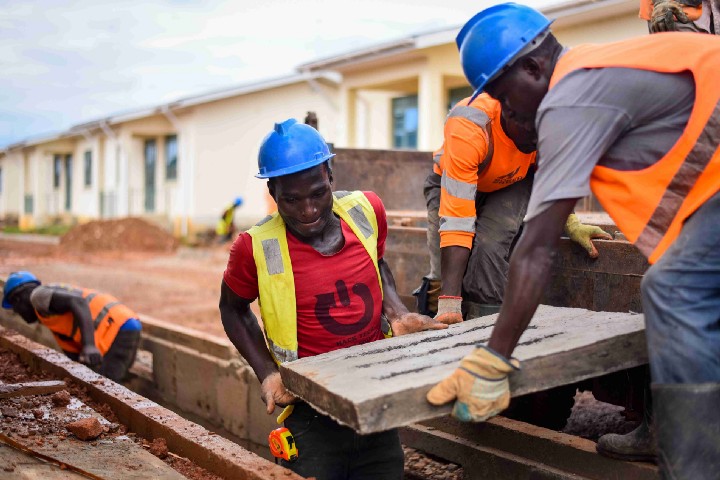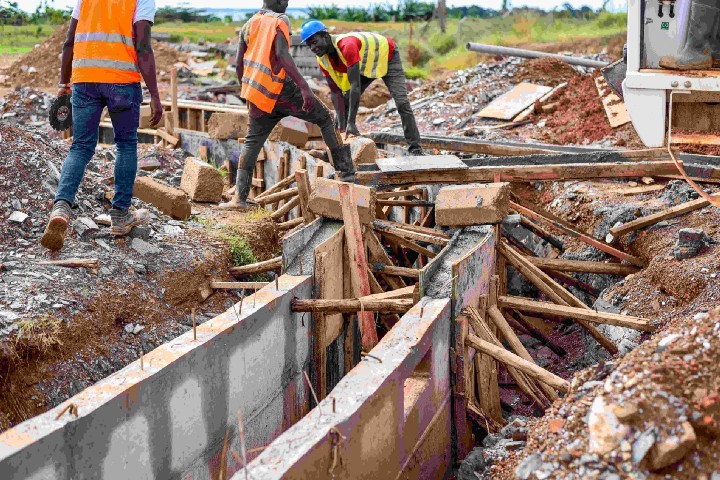Introduction
I was privileged to attend the first mediation conference hosted by the Chartered Institute of Arbitrators’ Kenya Branch on 28th October 2022 in Nairobi with the theme “Coming of Age for Mediation: An encounter from Africa”. Notable amongst the speakers was Jane Gunn, the President of the Chartered Institute of Arbitrators (UK), Owek. Chris Bwanika, the Attorney General of Buganda Kingdom, Dr. Kariuki Muigua, the Alternative Dispute Resolution (ADR) practitioner of the year 2022, and Retired Lady Justice Joyce Aluoch. The different speakers noted that conflict is culture specific and that conflict management in African culture was aimed at promoting peace, harmony, and unity in what is commonly referred to as “Ubuntu”. Mediation as a mode of dispute resolution is not a novel practice and has existed in Africa for over 600 years. It can be seen through various traditional justice systems like the Mato put in Northern Uganda, the Gachacha hearings in Rwanda. Rwanda also has the Abwonzi, who are members of the community who handle conflicts less than 3,000,000 RwF (approximately 10,700,000 UGX). The different speakers also noted the need to “Re-Africanize” conflict resolution, more so, through the use of mediation.
The concept of Mediation
Different scholars define the concept of mediation in various ways. Dr. Kariuki Muigua, for instance, defines mediation as advanced negotiation where two or more parties involve a neutral third party to facilitate the negotiation process. Mediation generally is a voluntary, non-binding dispute resolution process in which a third party helps the parties to reach a negotiated solution. It is a cost effective, flexible, speedy, confidential process that allows for creative solutions, fosters relationships, enhances party control. Mediation is particularly useful in projects because of the need to preserve the ongoing relationship between the parties and enhance communication. Mediation involves attempts to settle disputes outside the mainstream judicial system, through the assistance of a neutral umpire. There are two types of mediation: facilitative and evaluative. In both, the parties are given the opportunity to voice their point of view. In a facilitative mediation, the mediator simply facilitates agreement between the parties. The mediator helps the parties to focus on the real issues in the dispute and find their own solution. The mediator gives no view on the merits of each party’s position. In an evaluative mediation, the mediator provides the parties with an assessment of the merits or the likely outcomes. These views are not binding unless the parties agree that they will be. Mediation is used to resolve domestic and international disputes as demonstrated by the number of global providers of mediation services such as the International Chamber of Commerce (ICC) together with more regionally based institutions such as the Singapore Mediation Center, International Center for Arbitration and Mediation in Kampala (ICAMEK).
Mediation and the Construction Industry
The construction industry plays a key role in spurring economic growth. Not only does it provide employment opportunities and demand for goods and services but also through interlinkages with other sectors like the finance sector creates an eco-system of business synergies and opportunities which need to operate efficiently in the execution of a construction project. Inadvertently, conflicts are inevitable in the construction industry due to differences in perceptions among the project participants. If these conflicts are poorly identified and managed, they often quickly turn into disputes, which are among the major factors that prevent successful and timely project completion in Uganda. Therefore, it is important for us to be aware of some of the causes of disputes in the construction industry in order to complete the construction projects in the desired time, quality, and cost.
Causes of disputes in Construction Contracts
Ambiguities in construction contracts are one of the key causes of conflicts in the construction industry. According to Black’s Law dictionary, an ambiguity is an indistinctness or uncertainty of meaning of the expression used in a written instrument. This could present itself as being unclear about the activities, responsibilities, and risks to be borne by the individual parties involved in the construction project. Ambiguities can also be amplified when a language that will specify the parties’ rights and obligations is not chosen. Solving the ensuing interpretation problems can be complex. The meaning of terms in common usage may be lost in repeated translations. The use of a stipulated third language, in some cases, can be confusing for both parties since the services of a translator can be both expensive and time consuming.
Unclear payment terms can also be a cause of conflict. A construction contract should comprise of the payments that are required to be made to the different stakeholders and the timelines in which those payments have to be made. A delay in payments may affect project timelines and different project stakeholders in different ways which could cause major challenges on a construction project.
Inflation is a universal plague of the world. Given that construction projects generally span long periods of time, inflation is a cause of concern and could be a cause of conflicts on a construction project. Contractors face inflation on many fronts when they import labor and materials from a variety of countries. This could cause the construction costs to rise and therefore create a conflict between the contractor and the employer.
Changes in the original design project scope can also be a source of conflict on a construction project. Examples of scope changes are variations in the contract price and duration. Such changes are grounds of conflict due to the loss of profit to contractors, delays, and loss of revenue to the Employers due to the over budget. When site conditions indicated in the design differ from the actual site conditions, conflicts may arise. Differing site conditions affect the progress of the works and cost of the project thereby causing a conflict between the Contractor and the Employer.
Does Mediation have a place in the Construction Industry in Uganda?
The question one would ask oneself ,then ,would be “Does Mediation have a place in the Construction Industry in Uganda?”
The Construction industry in Uganda has a number of multinational companies acting in different capacities on projects across the country. It is important to note that careful preparation of contract documents does not guarantee efficient project completion. A perfect contract cannot eliminate the occasional differences of opinion between the Employer and the contractor. A working knowledge of social and cultural differences between multinational parties and domestic parties is important in order to avoid and resolve conflict. Construction disputes tend to occur as a result of a breakdown in communication between parties and as such, mediation provides the setting for the parties to communicate and negotiate effectively with the presence of a neutral third party. Additionally, mediation goes into understanding the underlying reasons behind a certain dispute through understanding the cultural and social differences between parties and thereby ensures resolution of the dispute at hand.
Mediation is also a response to the financial cost and emotional stress to parties in a dispute that would have otherwise been incurred when the dispute is referred to litigation or arbitration. Mediation allows the parties to minimize legal costs, control the process, maintain business relationships, and provides the most rapid process for full resolution of disputes. Referring a matter to mediation reduces the instances where a dispute leads to the termination of a commercial relationship. Given that the process is confidential, parties can easily protect their brand image and reputation thereby not losing client confidence.
Conclusion
In conclusion, according to a survey conducted by the Construction Industry Federation of Ireland (CIF), the preferred method of ADR to resolve construction disputes was mediation followed by conciliation and arbitration. Therefore, mediation has its place in the construction industry in Uganda. Despite its importance, mediation is not yet a popular dispute resolution mechanism in the construction industry. Mediation techniques are suitable for any type of construction claim and one major way of promoting their applicability is the inclusion of a mediation clause or a provision of the use of mediation in construction disputes. These clauses are drawn in such a way that in case of a dispute arising out of a construction contract, mediation shall be the first mode of dispute resolution adopted. This shall popularize its use for construction contracts.
Despite the fact that mediation is a court-linked process in Uganda, there is no comprehensive and integrated framework that provides for construction mediation. Bolstering the framework that would be used in promoting and guiding the use of construction mediation in Uganda is of critical importance.
There is also a need to sensitize construction practitioners about the process and advantages of mediation through different fora for example the Uganda Institute of Professional Engineers (UIPE) and universities in order to allow its proliferation and wide use in the field.


